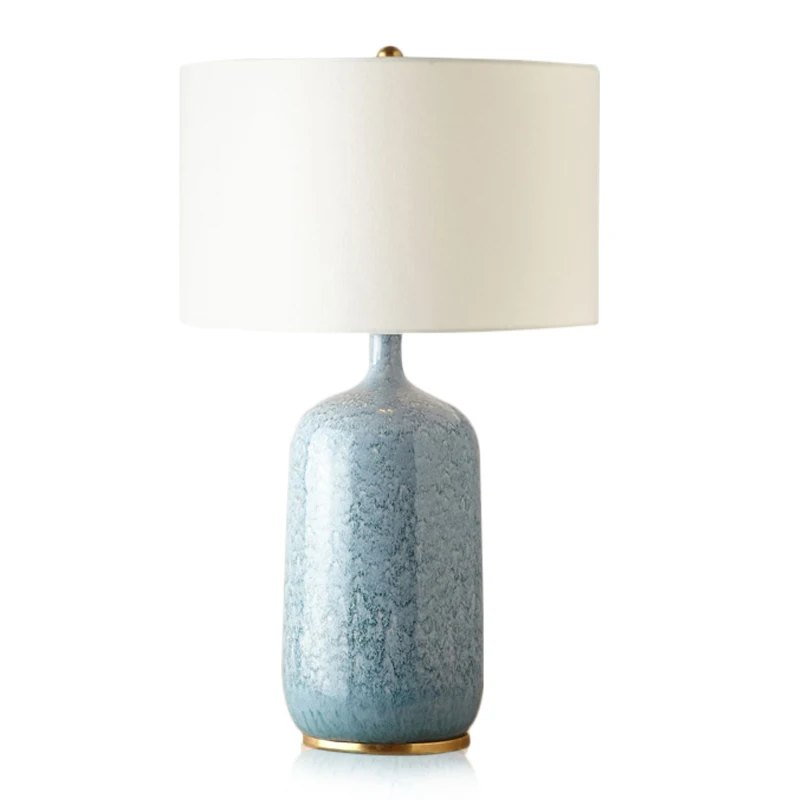
LEAFLETS
PRODUCTS
The Gentle Glow Exploring the Design and Function of Desk Lamps
A History of Illumination: From Candle to LED
The book would begin by tracing the history of desk lamps, starting from their rudimentary predecessors. Early forms of task lighting, such as candlesticks and oil lamps, relied on precarious and inefficient methods of illumination. The need for a more stable and focused light source became paramount with the rise of literacy and scholarly pursuits. This need propelled innovation, leading to the development of early gas lamps and eventually, the electric incandescent bulb, a pivotal moment that fundamentally changed desk lamp design. The transition from open flames to controlled electric light liberated the design, allowing for greater flexibility and sophistication.
The early 20th century saw the emergence of iconic desk lamp designs, often characterized by Art Deco aesthetics and a focus on functionality. These lamps, often made from materials like brass and Bakelite, were not just sources of light but also statements of style. The mid-century modern era further refined the design language, emphasizing clean lines, minimalist forms, and the incorporation of new materials like plastic and aluminum. This period saw the rise of iconic designs that continue to be influential today, proving that timeless design transcends fleeting trends.
The latter half of the 20th century and into the 21st brought advancements in lighting technology, with fluorescent and subsequently LED lighting offering greater energy efficiency and longevity. This technological leap allowed for smaller, more versatile, and environmentally friendly desk lamp designs. The book would explore how these technological shifts have influenced not only the physical form of desk lamps but also their functionality, offering adjustable brightness, color temperature, and even smart features that integrate with modern technology.
The Ergonomics of Light: Design for Comfort and Productivity
"The Gentle Glow" would dedicate considerable attention to the ergonomic considerations integral to effective desk lamp design. The placement of the light source, the angle of the shade, and the intensity of the light all play a crucial role in reducing eye strain and promoting optimal working conditions. The book would discuss the principles of good lighting design, explaining how to minimize glare and shadows, and optimize the distribution of light to avoid uneven illumination. The importance of color temperature, and its influence on mood and productivity, would also be addressed. Warm light, often preferred for relaxing tasks, would be contrasted with cooler light, often suitable for focused work.
The adjustable features of modern desk lamps would be highlighted. The ability to adjust the height, angle, and intensity of the light allows users to customize their workspace to fit their individual needs and preferences. The book would explore the various mechanisms used to achieve this adjustability, from simple swivel arms to more complex articulated designs, analyzing the balance between functionality and aesthetic appeal. This section would also analyze the impact of different lamp bases and their stability, emphasizing how a well-designed base contributes to overall user experience and safety.
Beyond Function: The Aesthetic and Symbolic Significance of Desk Lamps
The book would delve into the aesthetic dimensions of desk lamp design, exploring how these objects have become cultural icons, reflecting evolving design sensibilities and societal values. The book would feature a visual catalog of notable desk lamps throughout history, showcasing the diverse range of styles, materials, and forms that have been employed. This visual component would highlight the artistry involved in desk lamp design, illustrating how these seemingly simple objects can be both functional and beautiful.
Furthermore, the symbolic significance of the desk lamp would be explored. It is often associated with intellectual pursuits, creativity, and the solitary act of focused work. The book might analyze how the desk lamp appears in literature, film, and art, demonstrating its enduring presence in popular culture. It could even discuss the psychological impact of the lamp's light, how its warm glow can create a sense of comfort and security, fostering a conducive environment for concentration and creativity.
In conclusion, "The Gentle Glow: Exploring the Design and Function of Desk Lamps" would offer a comprehensive and engaging exploration of a seemingly mundane object. By examining the historical context, technological advancements, ergonomic considerations, and aesthetic aspects of desk lamp design, the book would unveil the rich tapestry of human ingenuity and experience woven into these ubiquitous yet often overlooked companions of study, work, and creative pursuits. It would be a testament to the power of good design, highlighting how even the simplest objects can profoundly impact our lives.
SUBSCRIBE
INQUIRY










